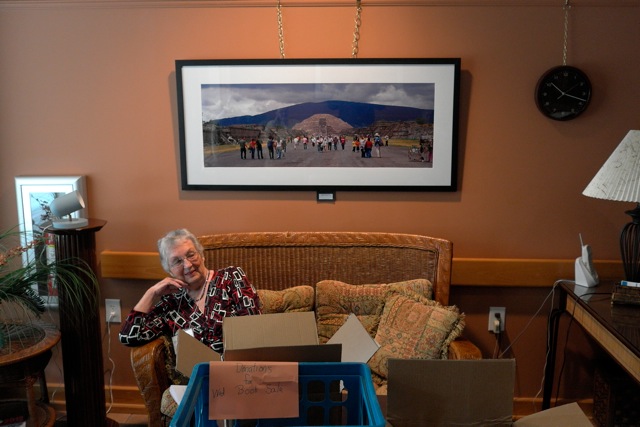Fernando2
Well-known
Ditto here.
The CS8000 has 4000x4000 *real* ppi, autofocus, manual focus, real single-pass multisampling, auto and manual exposure for each RGB channel.
They are solid machines, built to last and still serviceable to an extent.
Downsides are speed (it's slow because you *need* Fine Mode), sub-par holders (unless you shell out for the glass holder), FireWire-only interface.
Fernando
The CS8000 has 4000x4000 *real* ppi, autofocus, manual focus, real single-pass multisampling, auto and manual exposure for each RGB channel.
They are solid machines, built to last and still serviceable to an extent.
Downsides are speed (it's slow because you *need* Fine Mode), sub-par holders (unless you shell out for the glass holder), FireWire-only interface.
Fernando





